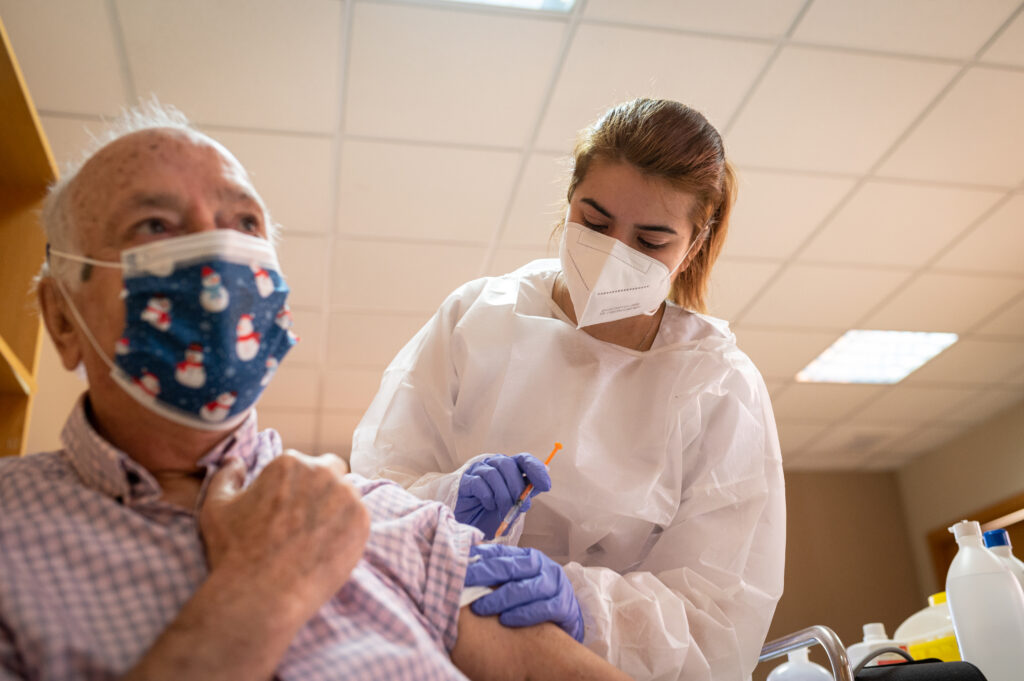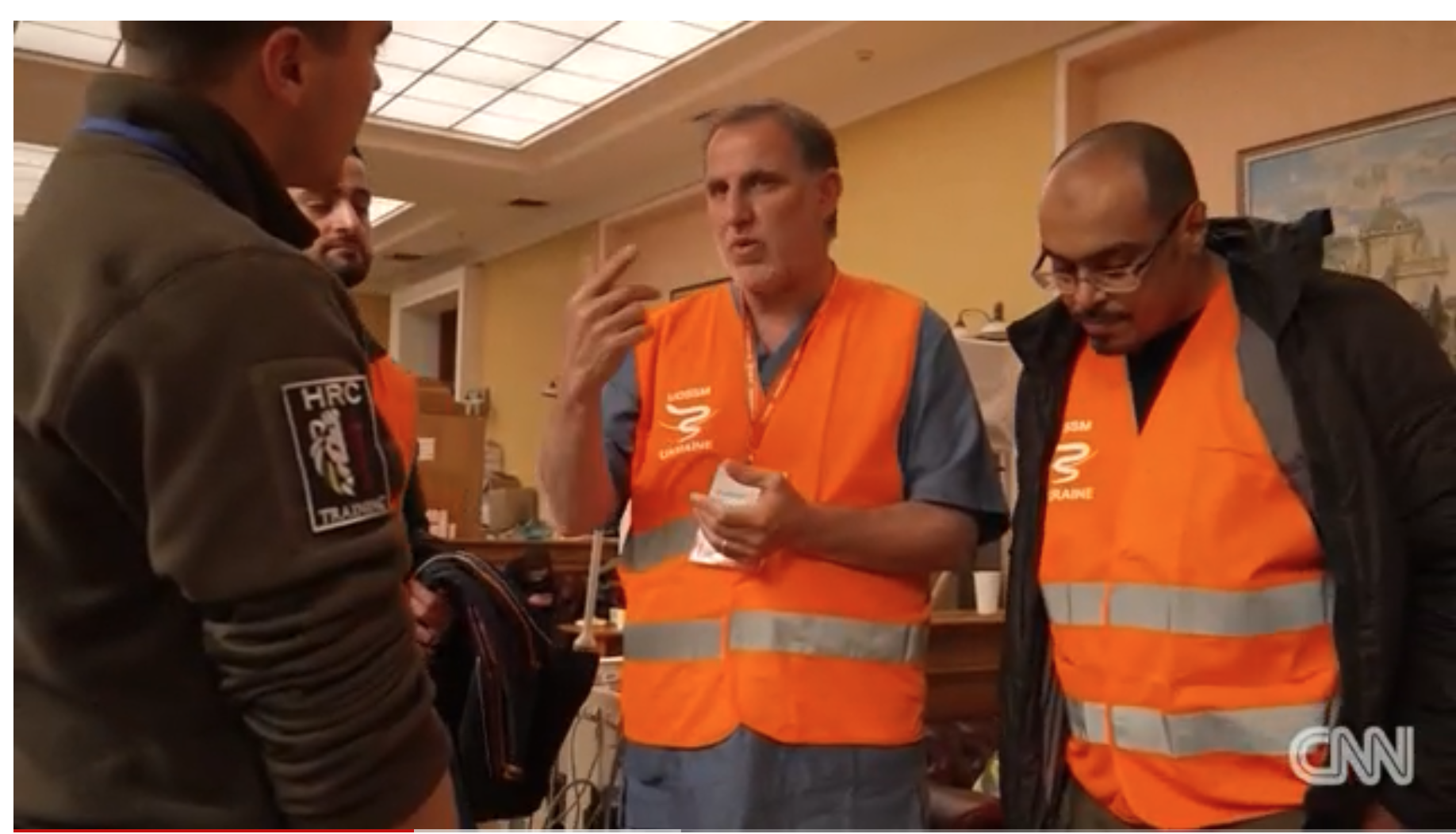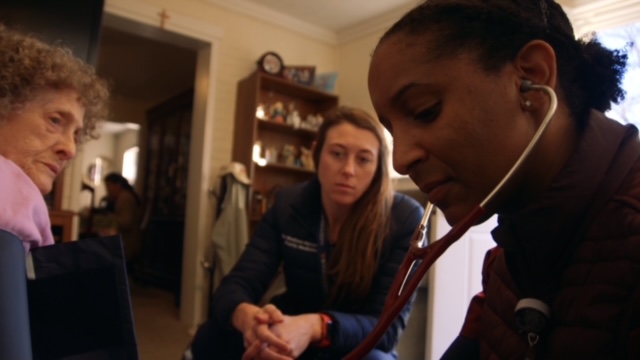

As you reach for medicine to treat your 4-year-old’s cold symptoms, you most likely will pick the children’s formulation that your pediatrician had recommended. Not for a moment do you think about how the drug that you are about to give your child will work, or if the dose on the instructions is correct. Your confidence stems from the tried and true methods behind the research, that are behind the medicines that we are prescribed every day. Clinical research is not only what happens in a laboratory, but also how this translates into treatment for actual patients. This science informs doctors of the correct dose and what to expect regarding side effects, and when it comes to your 4-year-old’s cold medicine, safety and efficacy are well established.
When talking about kids or younger adults, we take this certainty for granted, but for older Americans, the story is different. Even in this day in age, many older adults are excluded from clinical trials. This means that many treatments being used – even for significant illnesses like cancer – have never been tested in older patients. The doses are being used without data on how they may affect the aging body.
Life expectancy has increased to where the World Health Organization (WHO) estimates that it will soon exceed age 80 in developed countries. In the United States alone, it is estimated that the number of older adults will double by 2060, to almost 100 million people. According to the US National Cancer Institute’s Surveillance Epidemiology and End Results (SEER) Database, over 50% of new malignancies are diagnosed in those over the age of 70. With more diseases, we are going to see more treatment needed.
The United States Food and Drug Administration (FDA) has acknowledged how important it is to have clinical trials accurately reflect the general population. The FDA recognized this lapse as far back as 1989, but here we are in 2023, and we still need more inclusion of older adults in clinical trials.
Geriatric medicine is the specialty that integrates all that we know about the aging body, and how it fits with the current medical practices that we use to achieve the best quality of life. But sometimes, a lack of research leads to unnecessary or even harmful care. Bombarding an aging body with treatments that are not properly adjusted can result in severe side effects that exacerbate what we call dwindling physiological reserve. The opposite is also true. Where no data exists on how a treatment works in an older adult, treatment may be abandoned altogether. This denial of effective treatment further fuels perceived ageism by both patients and families, but many of our expectations about physical decline are based on little or no research. Healthy aging does not, in most cases, mean losing function.
A True Global Problem
While the focus has been on the United States Food and Drug Admiration, excluding older adults from clinical trials is a global issue and goes beyond societal attitudes toward aging. In 2019, more than 20% of the European Population was over the age of 65. Yet, many treatments approved by the European Medicines Agency (EMA) are based on studies that excluded older adults.
Providers are hesitant to start new medications, when there is little or no data to directly support their use. The result is that many promising therapies to improve quality of life are not being used in the aging population. One example is pain management in older adults, both with and without cancer. Only a tiny percentage of studies include older adults as study subjects, according to analyses of the International Clinical Trial Registry Platform (ICTRP) database from the World Health Organization. In August 2022, Researchers in Poland reported that they had examined hundreds of studies on pain management, and that mostly excluded patients over the age of 80. Narcotics are always fraught with the risk of adverse side effects, but that begs the need for real research instead of simply abandoning pain management altogether.
Why Exclude Older Adults Anyway & Why Should it Matter?
Many clinical trials exclude older adults in the hope of reducing the number of participants who have adverse effects from a treatment, or who ultimately drop out. Some organizations, such as the European Medicines Agency, consider age 65 a cut-off, while others put the limit at 70, on the grounds that that is where many age-related diseases start. These older adults are presumed to be unreliable and, therefore, their outcomes may skew the results of for the drug in question.
But similary perceptions are widespread, and many surveys have been conducted to understand why there may be biases against older adults. One sample of American physicians in the 1990s found that more than half thought that age alone should be a reason to exclude older adults from clinical trials. Even in 2023, the assumption that older adults cannot successfully participate in trials frequently prevails.
But all this caution may be misguided. The age printed on your passport does not necessarily determine your health or lack thereof. What’s more, while the world wants medical breakthroughs, we must recognize the populations that need to benefit. The continued exclusion of older adults is just bad science. We need treatments that are based on more than educated guesses.
What Can Be Done?
The field of oncology presents an example of how to do things better. Research, for example, is rapidly advancing in the field of oncology. Cancer is a disease of aging, so it is naturally an area where more older adults need to be included in research. Advocacy groups within the American Geriatric Society and the Societe Internationale Oncologie Geritrique (SIOG) are working to help educate the scientific community, patients, and caregivers on how clinical trials can improve care. In some cases, older adults need the simple logistical resources to make it to ongoing visits and follow-ups required as part of a protocol. Some potential lifesaving experimental treatments are not offered, and older adults and their caregivers must be educated about them. Raising awareness is the first step in initiating a paradigm change where age alone will not be a barrier when it comes to developing the science for those who genuinely need it the most.


